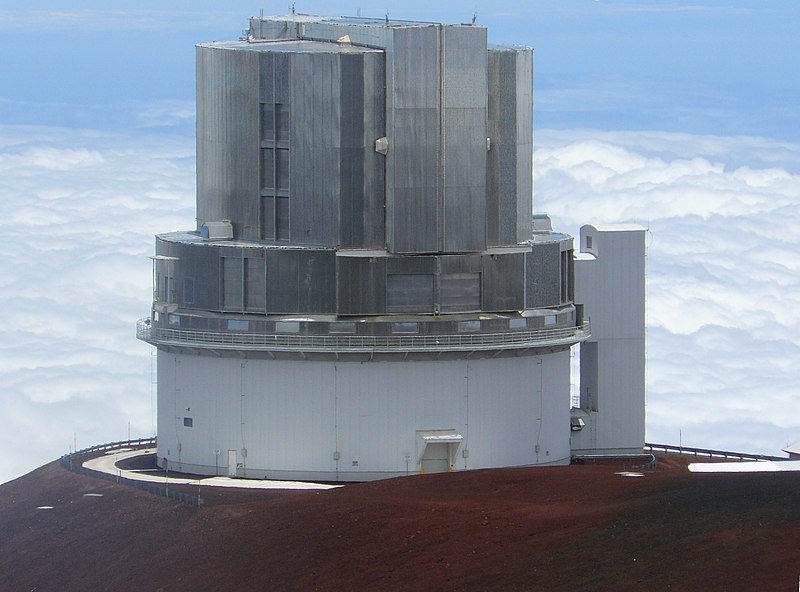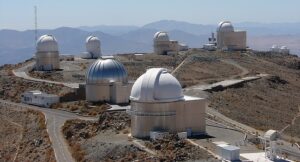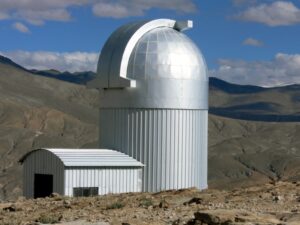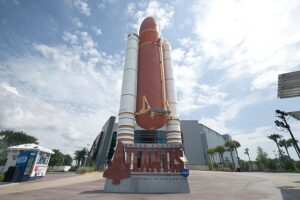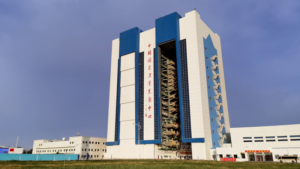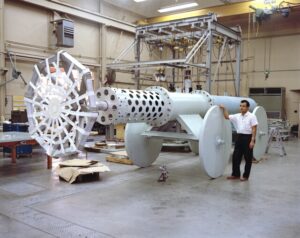The Subaru Telescope, located at the Mauna Kea Observatory in Hawaii, USA, is a premier astronomical research facility operated by the National Astronomical Observatory of Japan (NAOJ).
This 8.2-meter optical-infrared telescope is renowned for its exceptional imaging capabilities and wide field of view, making it ideal for deep sky surveys and the study of faint celestial objects. The Subaru Telescope’s primary objectives include exploring the formation and evolution of galaxies, searching for exoplanets, and studying the structure of the universe.
Significant achievements of the Subaru Telescope include discovering numerous exoplanets, capturing detailed images of distant galaxies, and contributing to our understanding of dark matter and dark energy.
History and Evolution
The Subaru Telescope project began in the early 1980s, with the Japanese astronomical community seeking to establish a world-class observatory capable of conducting cutting-edge research. After evaluating various potential sites, Mauna Kea in Hawaii was chosen for its excellent observing conditions, including minimal light pollution, stable atmospheric conditions, and high altitude. Construction of the Subaru Telescope started in 1991, and the telescope saw its first light in 1999.
Since its inception, the Subaru Telescope has played a pivotal role in advancing astronomical research. One of the key missions of the telescope has been to conduct wide-field surveys, which have led to the discovery of numerous distant galaxies, quasars, and other celestial objects. The Subaru Telescope’s unique Hyper Suprime-Cam, a wide-field camera, has enabled astronomers to create some of the deepest and most detailed images of the universe ever obtained.
Technological advancements at the Subaru Telescope include the development of adaptive optics systems, which correct for atmospheric distortions and significantly enhance image clarity. The telescope is also equipped with advanced spectrographs like the High Dispersion Spectrograph (HDS) and the Fiber Multi-Object Spectrograph (FMOS), which allow detailed analysis of the composition and motion of celestial objects.
The Subaru Telescope has also been instrumental in the search for exoplanets. Using techniques such as direct imaging and radial velocity measurements, astronomers have identified and characterized numerous planets orbiting distant stars. The telescope’s observations have provided valuable insights into the formation and evolution of planetary systems.
In addition to its scientific contributions, the Subaru Telescope has fostered international collaboration, with astronomers from around the world utilizing its capabilities for various research projects. The telescope’s ongoing upgrades and technological innovations ensure that it remains at the forefront of astronomical research, continuing to provide valuable data and advancing our understanding of the universe.
Infrastructure and Facilities
The Subaru Telescope is equipped with a range of advanced facilities to support its astronomical research:
- 8.2-meter Optical-Infrared Telescope: The primary instrument, providing high-resolution imaging and spectroscopy across optical and infrared wavelengths.
- Hyper Suprime-Cam (HSC): A wide-field camera capable of capturing deep and detailed images of the universe.
- Adaptive Optics Systems: Technologies like the Subaru Coronagraphic Extreme Adaptive Optics (SCExAO) system, which correct atmospheric distortions and enhance image clarity.
- High Dispersion Spectrograph (HDS): Allows for detailed analysis of the spectral lines of celestial objects to determine their composition and motion.
- Fiber Multi-Object Spectrograph (FMOS): Enables simultaneous spectroscopic observations of multiple objects, enhancing survey efficiency.
- Subaru Prime Focus Spectrograph (PFS): A cutting-edge instrument designed for wide-field spectroscopic surveys, providing detailed data on large numbers of celestial objects.
- Control and Data Analysis Facilities: State-of-the-art facilities for managing telescope operations and analyzing the vast amounts of data collected during observations.
